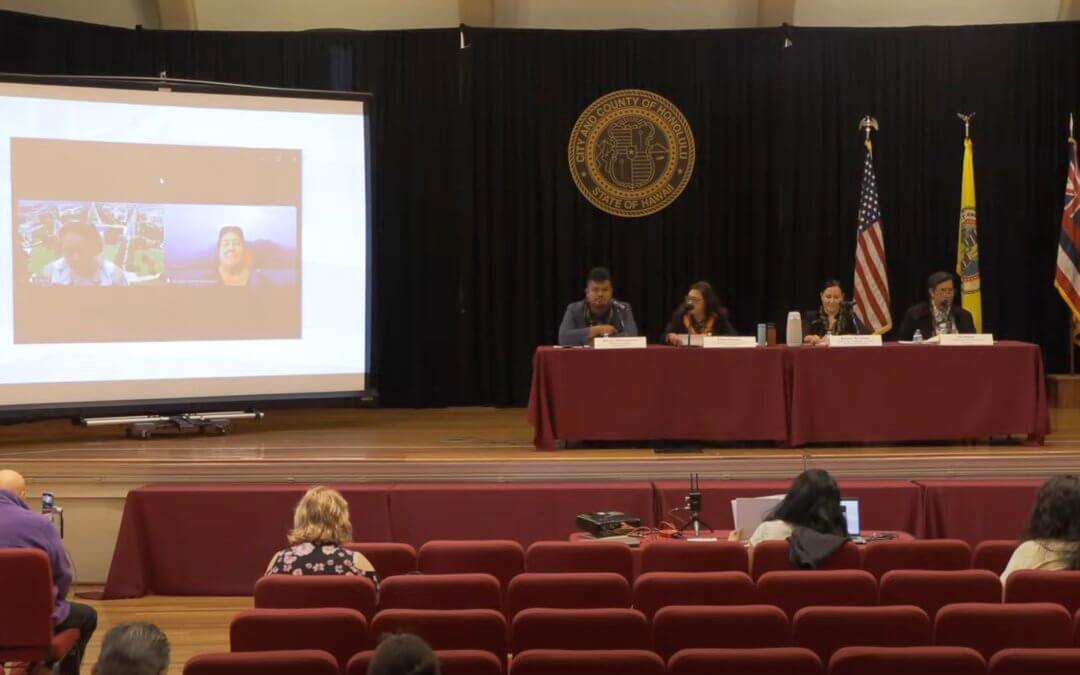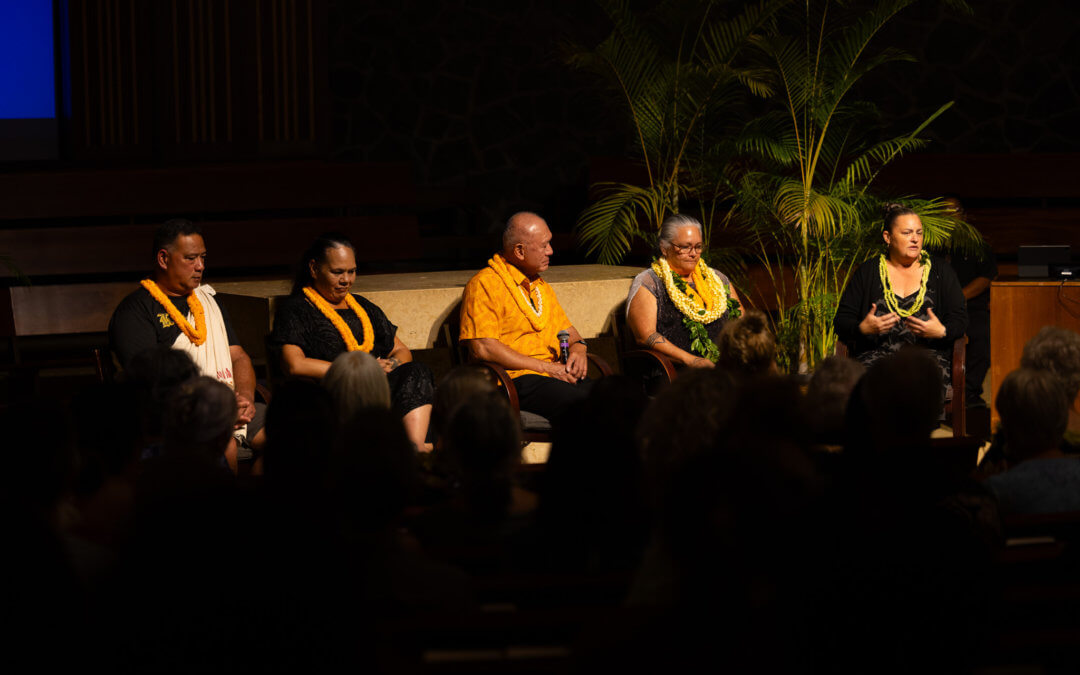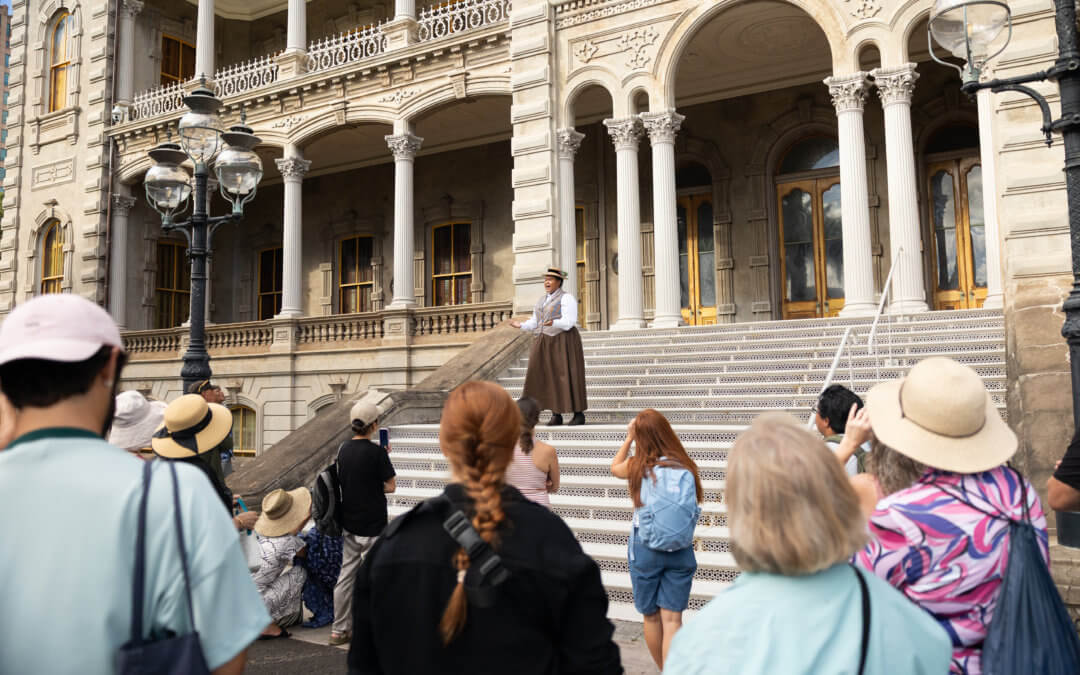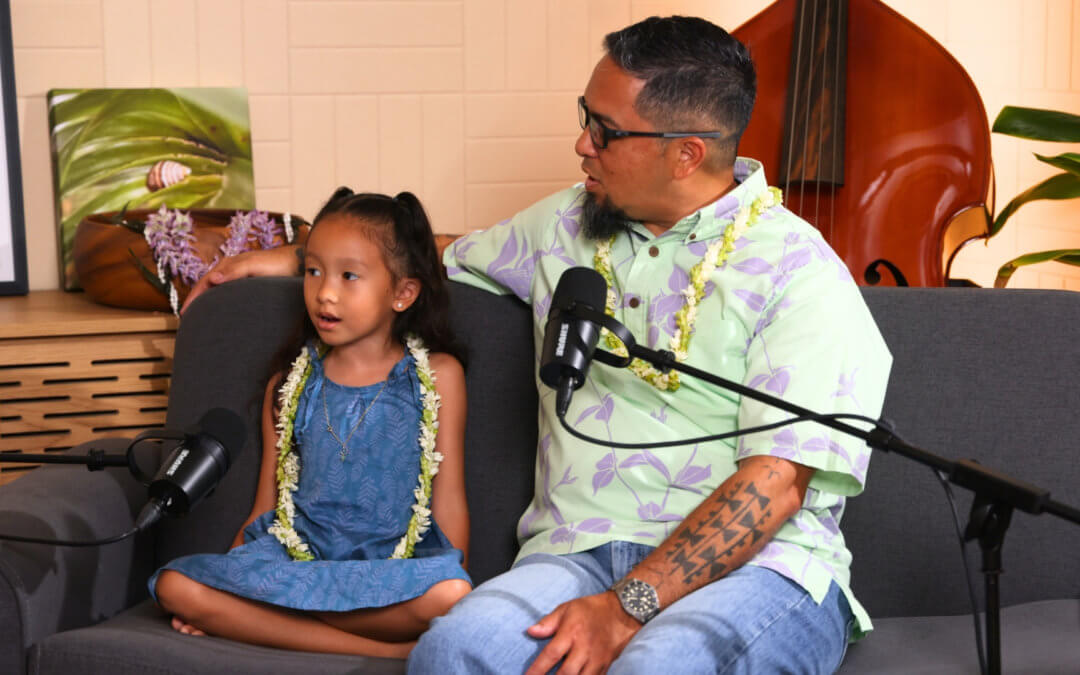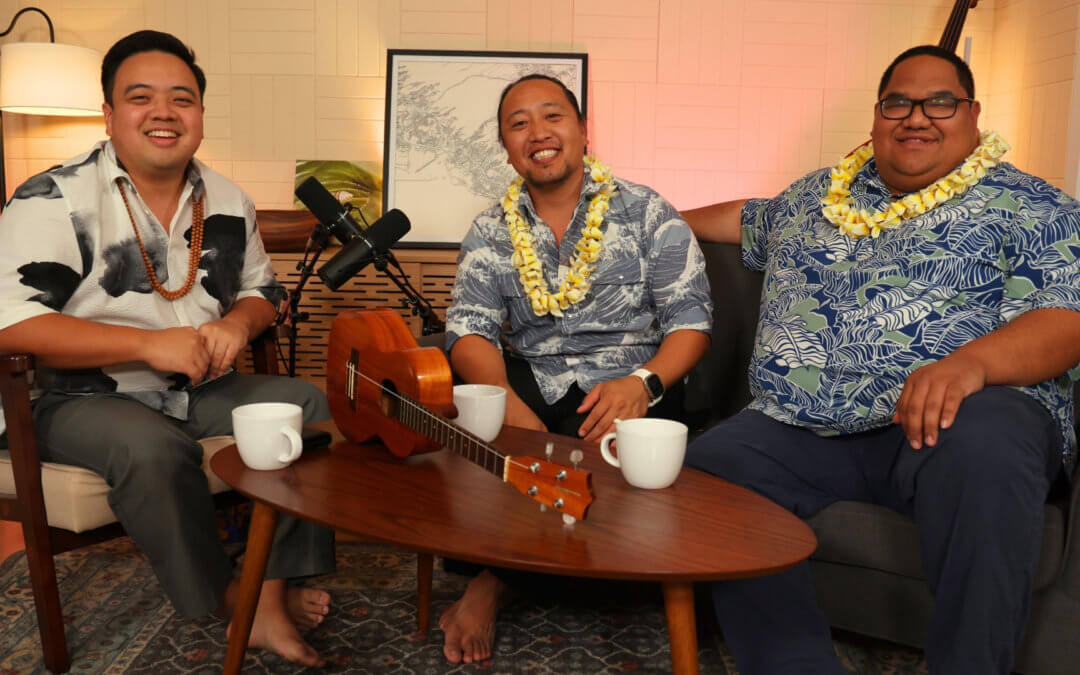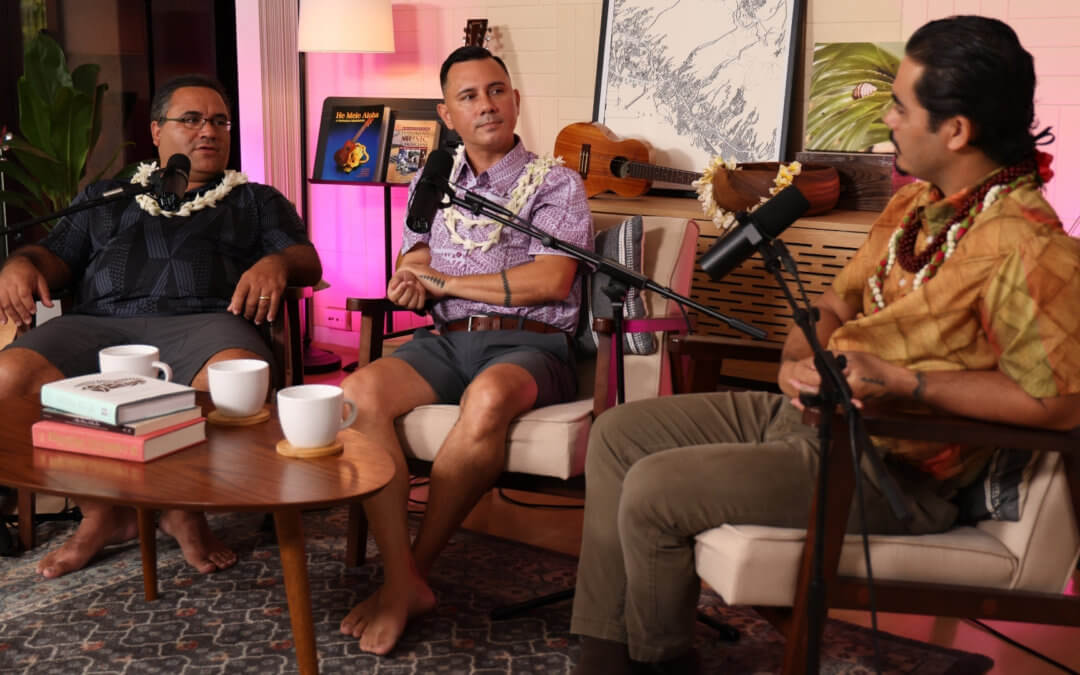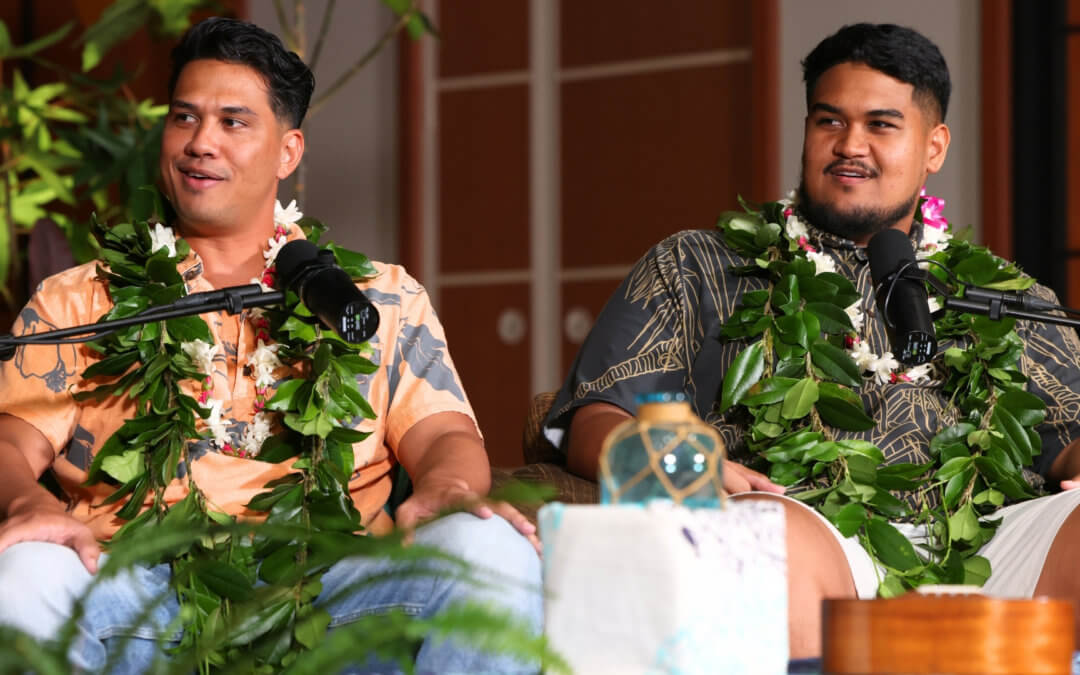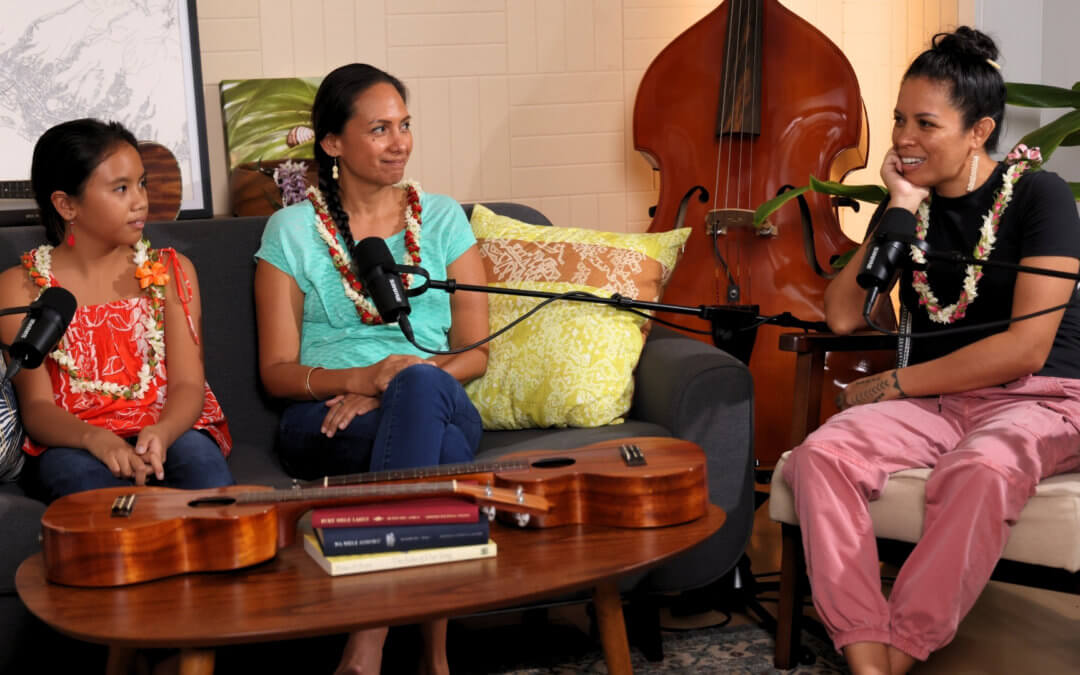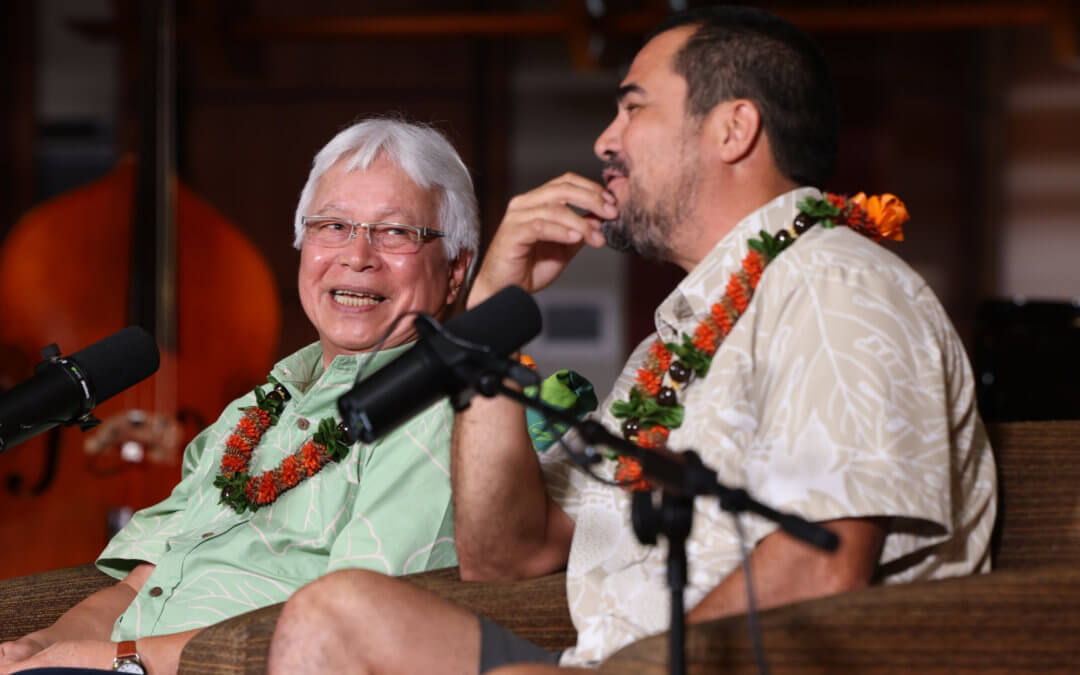Kapu Kaʻū is a unique portrait of one of Hawai‘i’s most remote and rugged districts, Ka‘ū, located on the southern flanks of Mauna Loa on the island of Hawai‘i. The people of Ka‘ū, known historically for their independence and resilience, relate stories of a lifestyle closely tied to the land and the sea.
Viewers are guided through the verdant uplands by long-time elders who recall traditions of growing taro, hunting pig and branding cattle at Kapāpala Ranch. A tour of the shoreline by area residents reveals ice cold freshwater ponds at Nīnole, rich fishing grounds at Punalu‘u, salt gathering areas at Kamilo, green sea turtles and the famous ʻiliʻili stones of Kōloa.
Ka Lae, also known as South Point, the southernmost point in the Hawaiian islands, is famous for its ancient sites: Kalalea heiau, canoe mooring holes, habitation caves, burial grounds and house foundations. It is an area honored by Maori tribes as the departure point for voyages to Aotearoa (New Zealand) centuries ago.
In spite of the beauty and special significance of this district, it has been impacted by many outside influences, from hundred-year-old sugar plantations to modern-day resort and spaceport development plans. Kapu Ka‘ū shows the determination and continuing efforts by residents to keep Ka‘ū kapu, or sacred.
NĀ MAKA O KA ʻĀINA
We are Joan Lander and Puhipau (1937-2016) of Nā Maka o ka ‘Āina (“The Eyes of the Land”), an independent video production team that, since 1981, has focused on the land and people of Hawai‘i and the Pacific.
We exist to document and give voice and face to traditional and contemporary Hawaiian culture, history, language, art, music, environment and the politics of independence and sovereignty. Our over 100 documentary and educational programs have been seen on PBS, Hawai‘i public and commercial television stations, public access cable channels, and broadcast/cable networks in Canada, Aotearoa (New Zealand), Japan, Mexico and Europe.
Our award-winning productions have been used by teachers and scholars in classrooms in Hawai‘i and throughout the world, and our iconic footage of the Hawaiian sovereignty movement has been featured in numerous documentaries by other producers.
